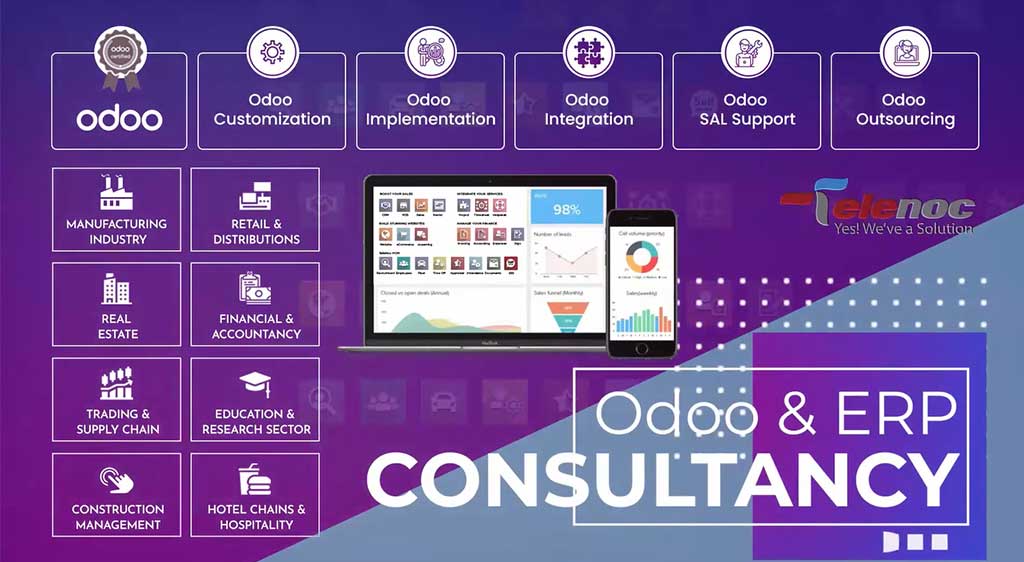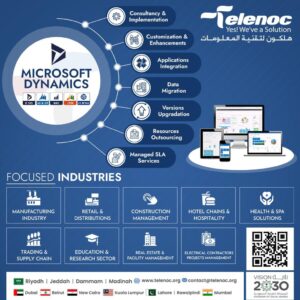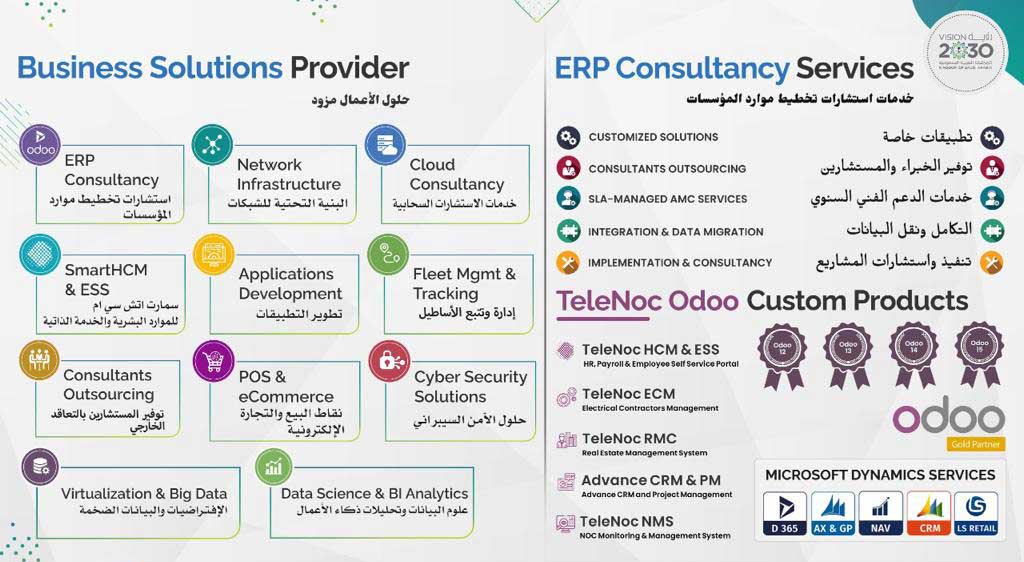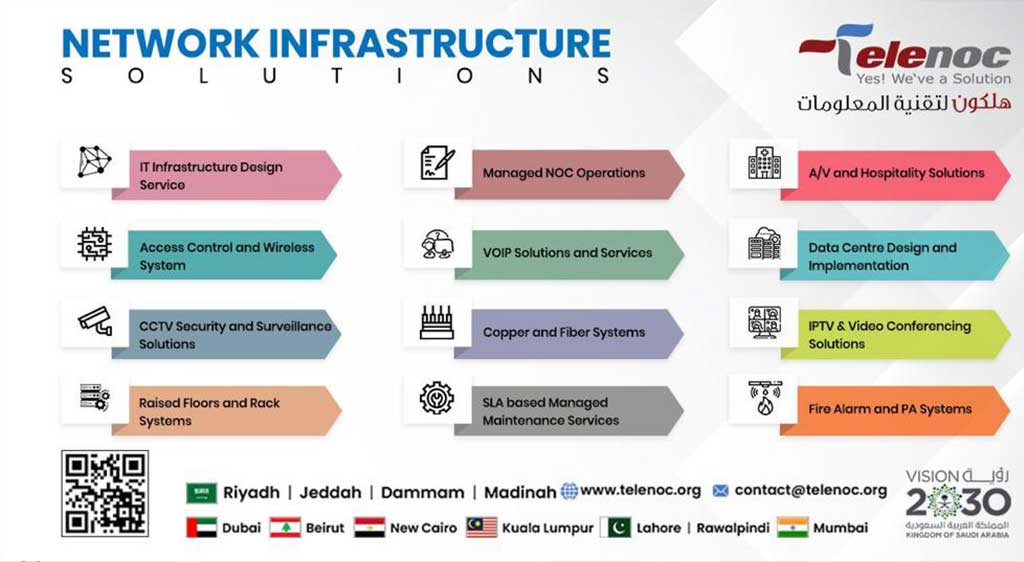Need to make information perception the center component of your next application? At that point, you are destined for success since information representation improves client commitment and expands change rates. In any case, in the versatile age, information representation should be amazing, however basic.
Maybe then ‘peering at subtleties,’ information representation allows us to fathom the substance of our information, and we’re more brilliant as a result of it. In this article, we’ll walk you through the prescribed procedures and present the best information perception models that improve client commitment and increment transformation rates. Before its finishes, you’ll have a superior comprehension of the do and don’ts with regards to information representation for versatile applications.
The two universes of information representation
Before the rise of cell phones, information perception’s house was the work area, typically conveyed through programs and thick-customer applications. Be that as it may, when seen on brilliant gadgets, information representations in PC-explicit applications are hard to peruse, explore and use.
Anyway, what’s the significance here for creators who are thinking about carrying out information perception? Making information perceptions that function admirably inside the limitations of cell phones — screen size, goal, and lighting conditions — requires thought and testing. While diverse gadget similarity can be an extremely difficult assignment for planners, we’ve aggregated sufficient experience presently to adapt to it. This article adopts a versatile first strategy and investigates the prescribed procedures for information representation plans in portable applications, and brings up the most widely recognized traps.
For what reason is information perception significant?
Information on information perception programming and programming libraries has become a necessity for some plan and advancement occupations today. Sites and versatile applications the same supplement their online journals and stories with infographic and media content that adhere to the best plan norms. This proposes that web and portable information representation are getting progressively significant for contemporary applications. For what reason is it so?
We have noticed that great information perception accompanies a few advantages as far as client commitment, better data handling, and intelligence. We should place this into a setting.
Information representation empowers clients to rapidly perceive designs in information and draw noteworthy bits of knowledge that would somehow go undetected.
The information introduced in plain content is frequently harder for clients to comprehend due to the psychological exertion expected to think about numerous separated information focuses. The assignment turns out to be much harder if clients need to dive into huge volumes of authentic information. Information representation addresses this by making key patterns and examples in information straightforwardly perceptible. For instance, taking a gander at a stock value plot or an equilibrium diagram in a speculation or banking application (see the picture beneath). The client gets a prompt comprehension of variances and patterns.
Information perception
Information perception is more understandable than crude information.
Present-day information representation libraries, as D3.js made by Mike Bostock, is generally used to convey the infographics of online media and empower refined client association with plots and charts. For instance, floating over a state on a guide of the U.S., the client may see casting ballot results, crime percentages, or other data that is of interest.
Intuitive highlights permit a huge number of information focuses to find a way into straightforward portrayals while making the general elements accessible to the client as an encounter.
Information perception in an application
In the period of web-based media and Web 2.0, clients are more pulled into sight and sound information.
Plain content and restricted intuitiveness were the signs of the Internet in its initial years. In any case, with the appearance of Web 2.0, clients became accustomed to interactive media correspondence rich with pictures, gifs, real-time recordings, and sound. The visual substance has effectively become the focal apparatus of correspondence in web-based media by means of sharing photographs, images, gifs, and so forth Consequently, web and portable clients like never before hope to burn through data in the visual structure (see the picture underneath).
Information representation chart
Information representation works on the application of the executives and control.
With the advancement of the web of things gadgets and internet exchanging, portable applications are transforming into significant instruments for controlling upscale frameworks, far-off administrations, and foundations. Regardless of whether it’s stock value execution or the sensors on a competitor, great information representation helps screen activities, enhance cycles and make speedy, very much educated choices. In these utilization cases, information representation isn’t just a choice yet a need inside versatile applications.
Information Visualization Best Practices
Planning engaging and usable dashboards, charts, plots, and figures for portable use is definitely not an unimportant assignment. Besides observing the overall norms for visual portrayal and figuring out information — in a versatile setting — creators additionally should know about an entire arrangement of potential outcomes and requirements normal for versatile innovation. Beneath we present a rundown of the accepted procedures for versatile information representation.
Clear User Interface and Easy to Understand Data
Versatile application clients normally see information perception in a setting that mirrors the application’s route. For instance, it’s obvious to the client that on the off chance that they visit a ledger balance page, the information showed identifies with pay and costs. Therefore, it’s acceptable practice to improve on diagrams to the basics, precluding components, for example, chart titles, hub names, and other help segments that may be normal in a PC or web application.
- Regularly scheduled installment breakdown
- Inspired by more tips for UI plan? Look at our article 7 Tips for Better UI Design
- Influence Mobile Device Capabilities
- Influence Mobile Device Capabilities
Contingent upon the screen direction (picture versus scene), planners should show various charts to clients. For instance, a bar outline with a couple of information focuses might be more appropriate for the representation mode, though line graphs would be ideal for the scene mode. Additionally, as referenced previously, to fit portable information representation into more modest screen measurements, chart creators can conceal data from the client making it available when they float or snap on the diagram component. These highlights make cell phones an incredible spot for intuitive information representation.
For instance, zooming on a line chart can show the client changes in information throughout explicit timeframes, considering a better grained take a gander at the information in the course of the most recent hour, for instance. Confining an information point from a chart doesn’t just offer admittance to more definite data yet might be utilized to incorporate explicit activities and highlights like sharing information through online media or email. In the pictures above, we can perceive how these prescribed procedures are executed in Google Analytics portable and work area applications. The information perception for “crowd” in the versatile application is less complex and more consolidated than the work area application’s interpretation. It incorporates just the most significant data and shrouds extra insights concerning the number of new clients, meetings, site hits — dissimilar to the work area application, which figures out how to introduce this information on one page.
Client Controls for Touchscreens
Utilizing touchscreen controls you can consolidate profoundly intuitive components into a versatile information perception. For instance, the client can contact the diagram’s components to see extra data, swipe charts sideways to see its continuation and zoom in to see the individual information focuses. Every one of these highlights makes it conceivable to make intelligent encounters – and this is as yet a rich space for more plan development and experimentation.
Address UX Concerns of Mobile Users
Powerful information representation in portable applications is versatile to the various conditions in which individuals utilize their cell phones. For instance, individuals utilizing their applications in brilliant sunlight, and when utilizing Night Shift (and reciprocals), will incline toward seeing diagrams gave more differentiation. This is much more important for applications containing various informational collections (for example diagrams with more than one line). On the off chance that the surrounding light isn’t ideal and the architect didn’t utilize adequate difference, the clients will not have the option to recognize separate lines with a comparable tint.
Settling Different Mobile OS Versions and Varying Screen Resolutions
To guarantee that clients of all Android and iOS gadgets see your charts obviously pick a very much tried information representation library that abstracts the distinction between different variants of the versatile frameworks, programs, and equipment. Engineers ought to pick versatile systems cautiously, particularly on the off chance that they need to deliver cross-stage. Systems outfitted more towards one stage may baffle the clients of the other stage with regards to the stage’s intrinsic contrasts in route and perusing. Additionally, portable information representations benefit from a versatile and responsive format plan. The extents of charts, plots, and their extra subtleties should change contingent upon the screen measurement and goal. More diagram subtleties can be shown on gadgets with greater screens, while a straightforward showcase works better on more modest screens.
Basic Mistakes
As recently referenced, the way to powerful information representation on portable is to make perceptions work and look incredible on little screen gadgets. The principle plan entanglements, which may block this result, are introduced underneath.
Absence Of Typography Standards
Perhaps the most well-known misstep is the inability to apply a typography standard where the data chain of importance is coordinated by suitable text style decisions. Moreover, keep away from text packing as demonstrated in an overstated structure in the picture above. Here the planner adds a lot of text.








